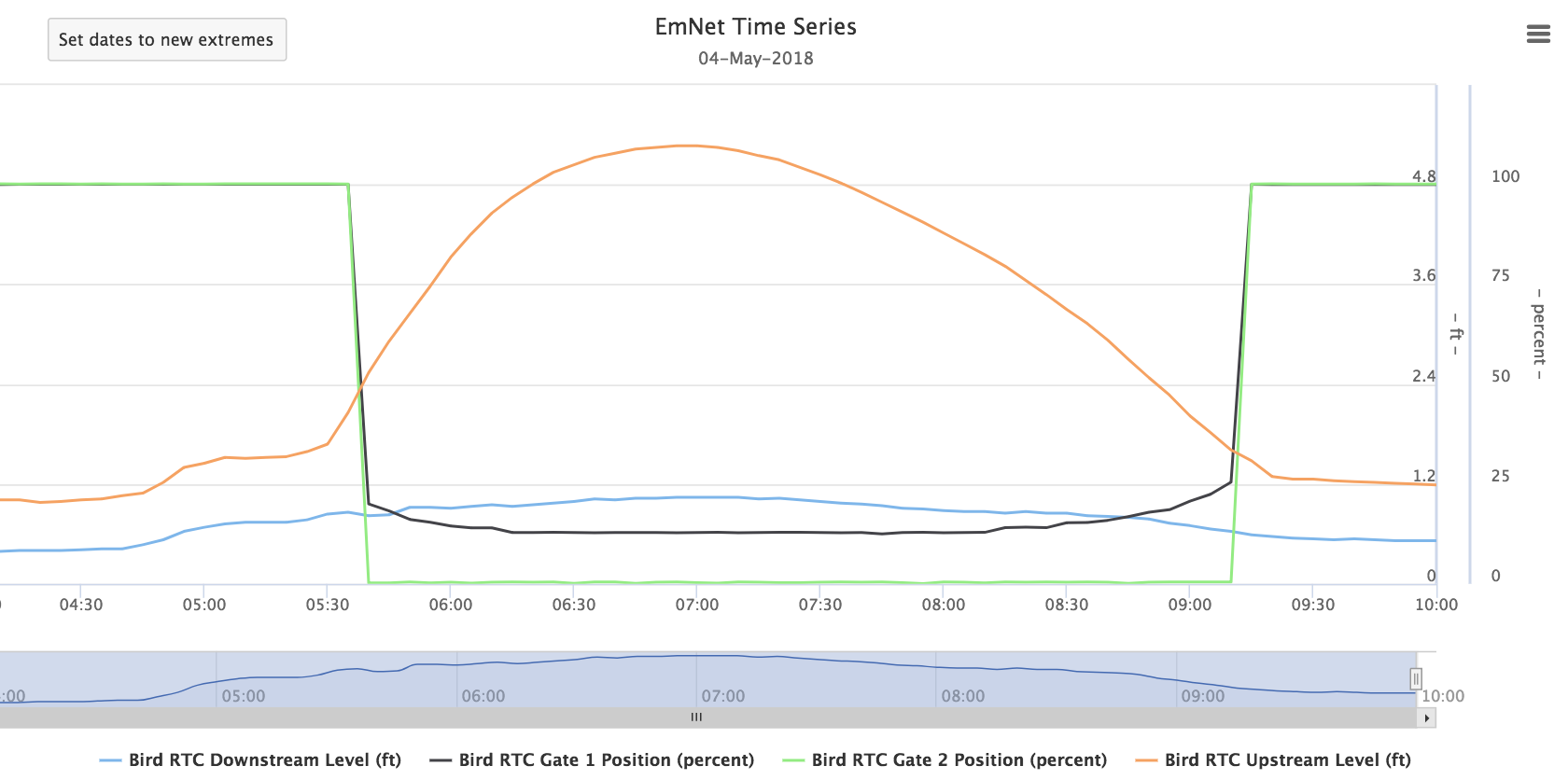Buffalo, New York
United States
Buffalo Sewer Authority partnered with Xylem to reduce CSOs by improving the operational behavior of its existing infrastructure.
At the turn of the century Buffalo was the 8th largest city in the U.S., a gateway for commerce and manufacturing due to its early embrace of hydroelectric power generated from nearby Niagara Falls. To accommodate its projected growth, Buffalo built a (then) state-of-the-art combined sewer system that collected and transmitted sanitary and storm water flows within a single pipe system to the Buffalo River, Scajaquada Creek, and the Niagara River.
By mid-century, the City added a massive wastewater treatment facility and upgraded its sewer system to accommodate at least 750,000 people. This allowed the City to capture dry weather sewer flows and send them to the plant, but the combined sewer system was still designed to send the vast majority of wet weather flows to the City’s receiving waters.
Challenge
Due to its mid-20th century sewer design, Buffalo still typically experiences nearly 2 billion gallons of combined sewer overflow (CSO) annually, discharging into its receiving waterways.
As the level of national awareness for the need to protect our nation’s water resources continued to grow, federal and state regulators began pursuing a consent agreement in 2006 requiring further improvements to Buffalo’s collection system. Recognizing the generally inadequate stormwater capabilities of their existing combined sewer system, the Buffalo Sewer Authority (BSA) began to prepare a comprehensive watershed improvement plan with grey, green and smart sewer solutions. After years of negotiations, the City and its partners came to an agreement and in 2014 BSA received approval of their Long-Term Control Plan for CSO abatement, which had an earlier estimated budget of $525 million. With the City facing limited funds from a reduced taxpayer base, BSA needed an innovative approach to address CSOs.

Solution
City officials knew they couldn’t continue operating their collection system the same way they had been since the 1950s, and costly investments in new gray infrastructure like tunnels and storage tanks were equally as infeasible. Xylem, along with BSA’s talented team of engineers and consultants, worked together to create a real-time decision support system (RT-DSS) across the city.
The strategy leveraged new technology to optimize existing infrastructure, building and controlling inline storage vaults that transformed Buffalo’s massive gravity sewer system into a managed conveyance and storage system. The goal of the system is to minimize and/or eliminate CSOs using Xylem Vue powered by GoAigua's SSO/CSO Prediction and Prevention applications. Sixteen sites were identified for inline storage and optimal conveyance throughout the city. BSA selected the sites based on maximum return of investment, with the first two sites chosen for implementation as a representative sample of all the sites.
“Our real-time control program, led by the team at Xylem, has delivered more than four times the expected performance. IT is hands down the most costeffective program in our long-term control plan.”
-OJ McFoy, General Manager for Buffalo Sewer Authority
Outcome
As of today, four storage sites are now live and BSA is working to build and commission most of the remaining sites by the end of 2020. What’s truly exciting is that the first three sites alone have reduced Buffalo’s CSO volume by 450 million gallons over the first 12 months, which is 100 million gallons more than what was originally anticipated assuming all 16 sites were implemented using a typical year simulation. This means SSO/CSO Prediction and Prevention could end up helping BSA reduce CSOs by three to four times as much as initially projected.
As each wet weather event provides more data, BSA can expect increasing levels of system intelligence, resulting in additional operations and maintenance cost reductions, as well as further reductions in CSOs.
BSA’s real-time control program is achieving outcomes unpredicted in the original design with even more sewage than estimated now capable of being safely stored, conveyed, treated and released to receiving waters as clean water effluent in a wider variety of weather conditions. BSA is helping to revolutionize the clean water industry while saving the City tens of millions in avoided capital infrastructure investment and Buffalo is regaining its reputation as a national and international leader.
Ultimately, BSA was able to present a revised Long-Term Control Plan expected to save the city as least $145 million. The RT-DSS retrofits, and additional minimally invasive green and gray infrastructure improvements will enable critical environmental progress at a far more sustainable cost to residents. In fact, with the success of BSA’s CSO strategy, there may be even more capital infrastructure savings in its future as it achieves its ongoing environmental, economic and water equity objectives.




